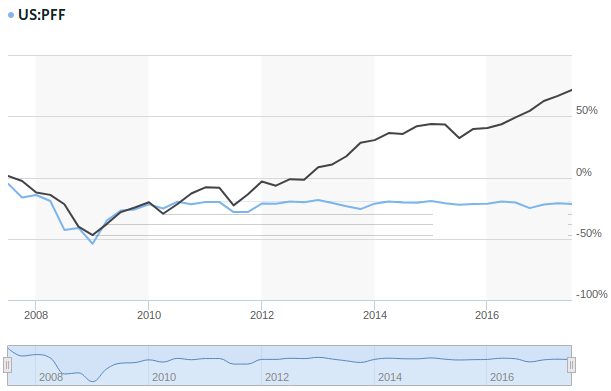Mulligan
Give me a museum and I'll fill it. (Picasso) Give me a forum ...
- Joined
- May 3, 2009
- Messages
- 9,343
I might take a flyer on this after a bit...
I remember when I was young and working for a bank that went under... there was one guy who bought up a LOT of pref shares at 1 cent per share... when it came out of BK they went back up to $25... he made millions....
There is no way this will be the same as it will never get down that low... but XKE is based on a bond and not pref so it is higher in the chain...
I need to look and see where these bonds fall... probably unsecured and at the bottom of the $5 bill owed...
My bet its bottom of the barrel subordinated debt. Its went full circle now. The issuing agency of XKE went bankrupt and now the debt held in trust went bankrupt. Well at least the trustee didnt go bankrupt. I will leave this trade for you Texas. I havent had a bid to buy or sell anything this week let alone buy or sell. Highly unusual for me. I suspect this will continue. Nothing I want to sell and nothing I want to buy.

